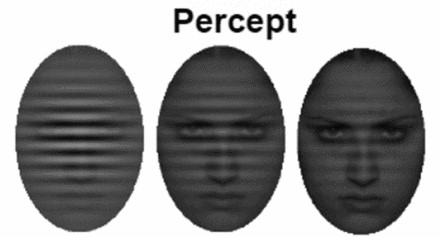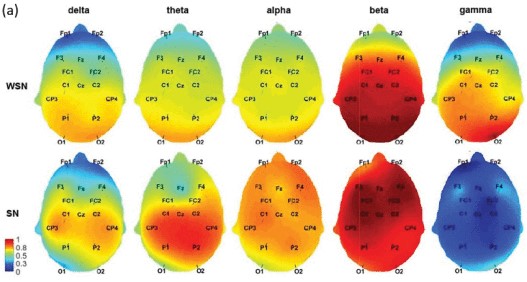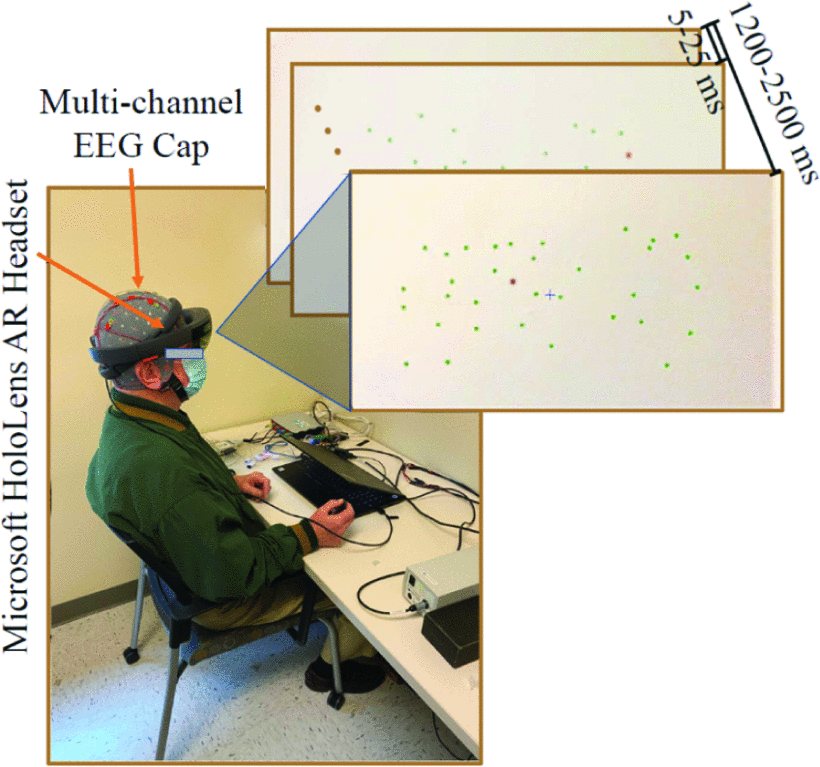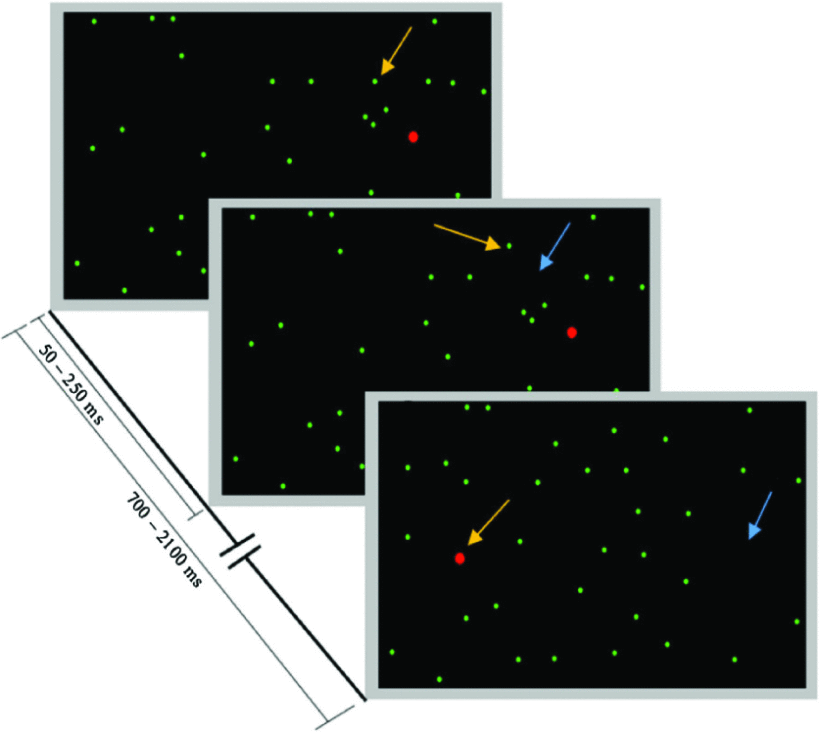
Jennifer Mak
Welcome to my page!
I am currently in my fifth year of my PhD in Bioengineering at the University of Pittsburgh where I am a member of the Rehab Neural Engineering Labs (RNEL) under Dr. George Wittenberg. My thesis work is on understanding the brain mechanisms involved in the attention (spatial neglect) and motor (upper limb hemiparesis) deficits after stroke, and building technology-driven methods for improving stroke rehabilitation. Please check out my CV for a detailed list of my work, skills, and experiences.
Outside of research, I am also deeply passionate about increasing access to STEM education, especially for women and historically marginalized populations, which has spurred my service work at Pitt and in the Greater Pittsburgh community. In my free time, I am an avid rock climber, hiker, and crocheter.
Education
 PhD, Bioengineering - University of Pittsburgh, August 2019 - June 2024 (coming soon!)
PhD, Bioengineering - University of Pittsburgh, August 2019 - June 2024 (coming soon!)
 BS, Biomedical Engineering - Virginia Commonwealth University, August 2015 - May 2019
BS, Biomedical Engineering - Virginia Commonwealth University, August 2015 - May 2019
Research Interests
- Neurorehabiliation: stroke recovery, mechanisms of brain injury, neuromodulation
- Neurotechnology: EEG, TMS, brain-computer interfaces, MRI, robotics, AR/VR
- Biosignals: brain connectivity, time/frequency analyses, kinematic analysis, machine learning
- Medical device development: design controls, human factors engineering, product commercialization
Publications
-
 FRONT NEUROSCI
Frontiers in Neuroscience, 2023.PDF Journal Paper - Review
FRONT NEUROSCI
Frontiers in Neuroscience, 2023.PDF Journal Paper - Review -
 IEEE EMBC
2022 44th Annual International Conference of the IEEE Engineering in Medicine & Biology Society, 2022.PDF Conference Proceeding
IEEE EMBC
2022 44th Annual International Conference of the IEEE Engineering in Medicine & Biology Society, 2022.PDF Conference Proceeding -
 IEEE TNSRE
IEEE Transactions on Neural Systems and Rehabilitation Engineering, 2022.PDF Journal Paper - Experimental
IEEE TNSRE
IEEE Transactions on Neural Systems and Rehabilitation Engineering, 2022.PDF Journal Paper - Experimental -
 IEEE EMBC
2021 43rd Annual International Conference of the IEEE Engineering in Medicine & Biology Society, 2021.PDF Conference Proceeding
IEEE EMBC
2021 43rd Annual International Conference of the IEEE Engineering in Medicine & Biology Society, 2021.PDF Conference Proceeding -
 IEEE EMBC
2020 42nd Annual International Conference of the IEEE Engineering in Medicine & Biology Society, 2020.PDF Conference Proceeding
IEEE EMBC
2020 42nd Annual International Conference of the IEEE Engineering in Medicine & Biology Society, 2020.PDF Conference Proceeding
Projects
Developing an AR-EEG spatial neglect detection system for patients with stroke
After having a stroke, roughly 1/3 of patients will experience a syndrome called spatial neglect. This is an attention disorder that’s characterized by the inability to attend to contralesional stimuli. For example, if there is some visual stimulus to the left of a patient with neglect after a right hemisphere stroke, they may be unable to perceive it and respond to it. This is a complicated syndrome that is currently diagnosed with pen-and-paper or behavioral tests which lack of compensation for head and trunk movements, quantitative metrics, and specificity. We combined a neuroimaging modality (EEG) with a behavioral assessment (target detection task in AR) to identify neural biomarkers of neglect to improve its diagnosis and assessment. I am further investigating the changes in brain connectivity using EEG features that may explain the behavioral differences in patients with neglect versus without.
Contribution of non-primary motor areas on movement planning in patients with stroke
Hemiparesis, or muscle weakness, is the one of the most common consequences of stroke, and can lead to decreased independence and quality of life. Improved rehab strategies are necessary as current physical therapies are not always successful or complete. We developed a reaching task in an exoskeleton robot (KINARM) paired with transcranial magnetic stimulation (TMS) to probe premotor and parietal connectivity to M1 in patients with subcortical stroke and healthy controls. The kinematic features derived from the task will give insight to the role of these brain areas in movement planning. We will leverage these connections, likely personalized for each individual, for a rehab protocol that combine neuromodulation and robot-guided practice.
Neurofeedback for affect-biased attention training
People with depression and anxiety disorders are more prone to affect-biased attention, or bias towards emotional stimuli. To reduce the attentive salience of affective stimuli, we used the AR-EEG system developed for the stroke patients with spatial neglect to develop a task that trains attention away from emotional distractors (sad and angry faces) and towards task-relevant stimuli (Gabor patches).
Experiences of women in neural engineering
Neural engineering is a rapidly growing academic subfield of bioengineering, traditionally seen as the engineering discipline with more representation from women. While gender makeup is near 50/50 at the undergraduate level, the proportion of women at the graduate and professorship level dramatically decline. We investigated the reasons why women in neural engineering leave academia through a literature review and interviews of women in neural engineering who have been involved in initiatives promoting the retention of gender, ethnic, and racial minorities in engineering.


